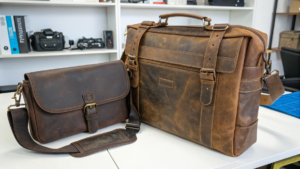What is the best way to print shirts with a design on it?
Are you trying to put your design on a shirt? The "best way" to print shirts is not just about how good the print looks. It's about what you want to achieve.
The best way to print shirts with a design on it depends on your goals. Consider factors like design complexity, fabric type, quantity, and budget. Each printing method offers unique benefits for different purposes.
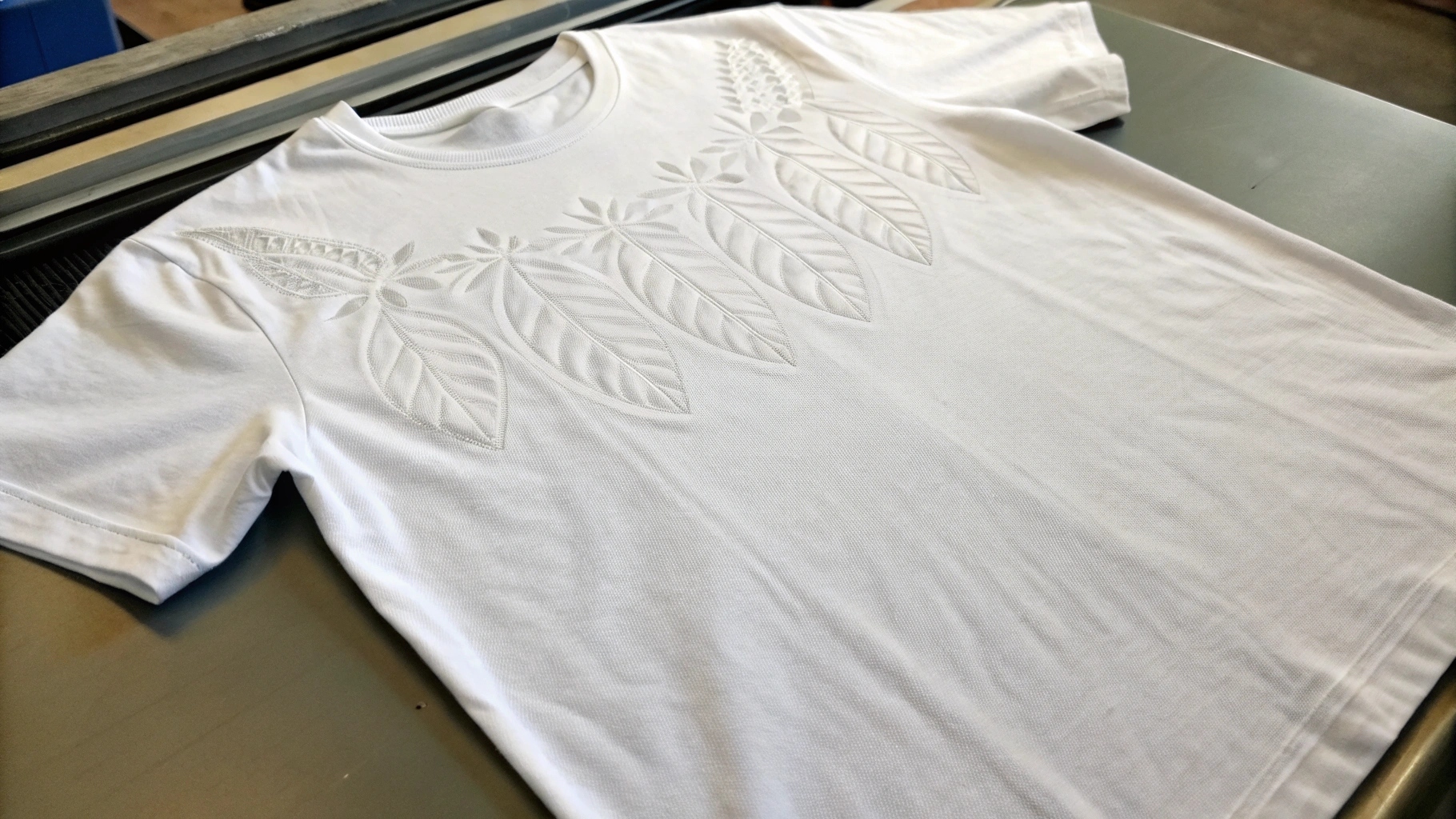
When I started in the printing industry, I learned quickly that there is no single "best" way to print a shirt. It is like choosing paint for a canvas. You pick what fits your art. The same goes for shirt printing. Your choice should tell your brand's story.
How do you transfer a design onto a shirt?
Are you wondering how your digital design gets onto a physical shirt? Transferring a design is not a single process. It depends on the printing method used.
Designs transfer onto shirts using different methods, including direct-to-garment (DTG) printing, screen printing, sublimation, and heat transfer. Each method uses a unique process to apply ink or material to the fabric.
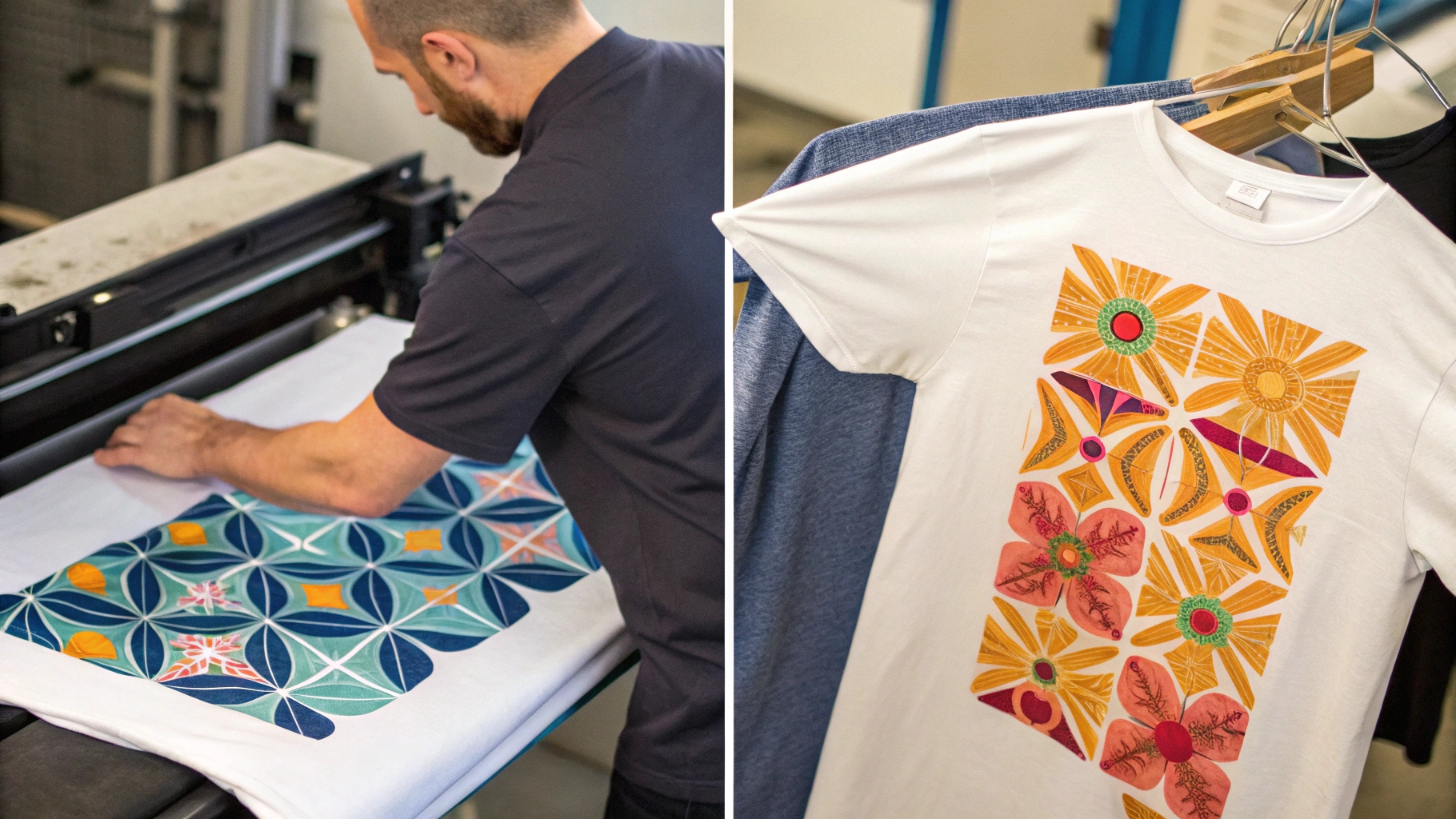
I have seen countless designs go from a screen to a shirt. It is always exciting to see. But the way it happens changes a lot. It depends on what kind of shirt and design we are working with.
What are the common methods for transferring designs?
Different printing methods use different ways to put a design on a shirt. Each has its own steps. Knowing these helps you pick the right one.
- Direct-to-Garment (DTG)1: This is like a giant inkjet printer for shirts. The shirt goes onto a flat surface. The printer then sprays ink directly onto the fabric. It is great for detailed designs and many colors. There are no screens needed.
- Screen Printing: This method uses stencils, or screens, to apply ink. Each color in your design needs a separate screen. Ink is pushed through the screen onto the shirt. It is known for vibrant colors and durability. It is good for large quantities.
- Sublimation: This method uses heat to transfer dye. The design is first printed onto special paper. Then, that paper is placed on a polyester fabric. Heat turns the ink into a gas. This gas dyes the fabric fibers directly. The design becomes part of the shirt. It is best for light-colored polyester.
- Heat Transfer: This involves printing a design onto a special transfer paper or vinyl. Then, heat and pressure are used to press the design onto the shirt. This can be done with a heat press machine. It is good for small runs or simple designs.
| Method | How it Works | Best For |
|---|---|---|
| DTG | Ink sprayed directly onto fabric | Complex designs, photos, small batches |
| Screen Print | Ink pushed through stencils/screens | Large quantities, vibrant colors, simple designs |
| Sublimation | Dye turns into gas and dyes fabric fibers under heat | Polyester fabrics, activewear, all-over prints |
| Heat Transfer | Design printed on paper/vinyl, then pressed with heat | Small runs, personalized items, simple logos |
I have guided many clients through these choices. Often, they think one method is always superior. But understanding how each works helps them see that the "best" is what fits their project. For instance, a small brand with intricate artwork might find DTG perfect. A large event needing hundreds of simple, durable shirts would lean towards screen printing. It is all about matching the process to the outcome you want.
What printing is best for t-shirt design?
Are you trying to figure out which printing method will make your t-shirt design look its best? The "best" printing for a t-shirt design depends on your design's details. It also depends on the type of shirt you are using.
The best printing for a t-shirt design depends on factors like color complexity, level of detail, and desired texture. For intricate designs with many colors, DTG is often ideal. For bold, vibrant colors and durability on larger runs, screen printing excels.
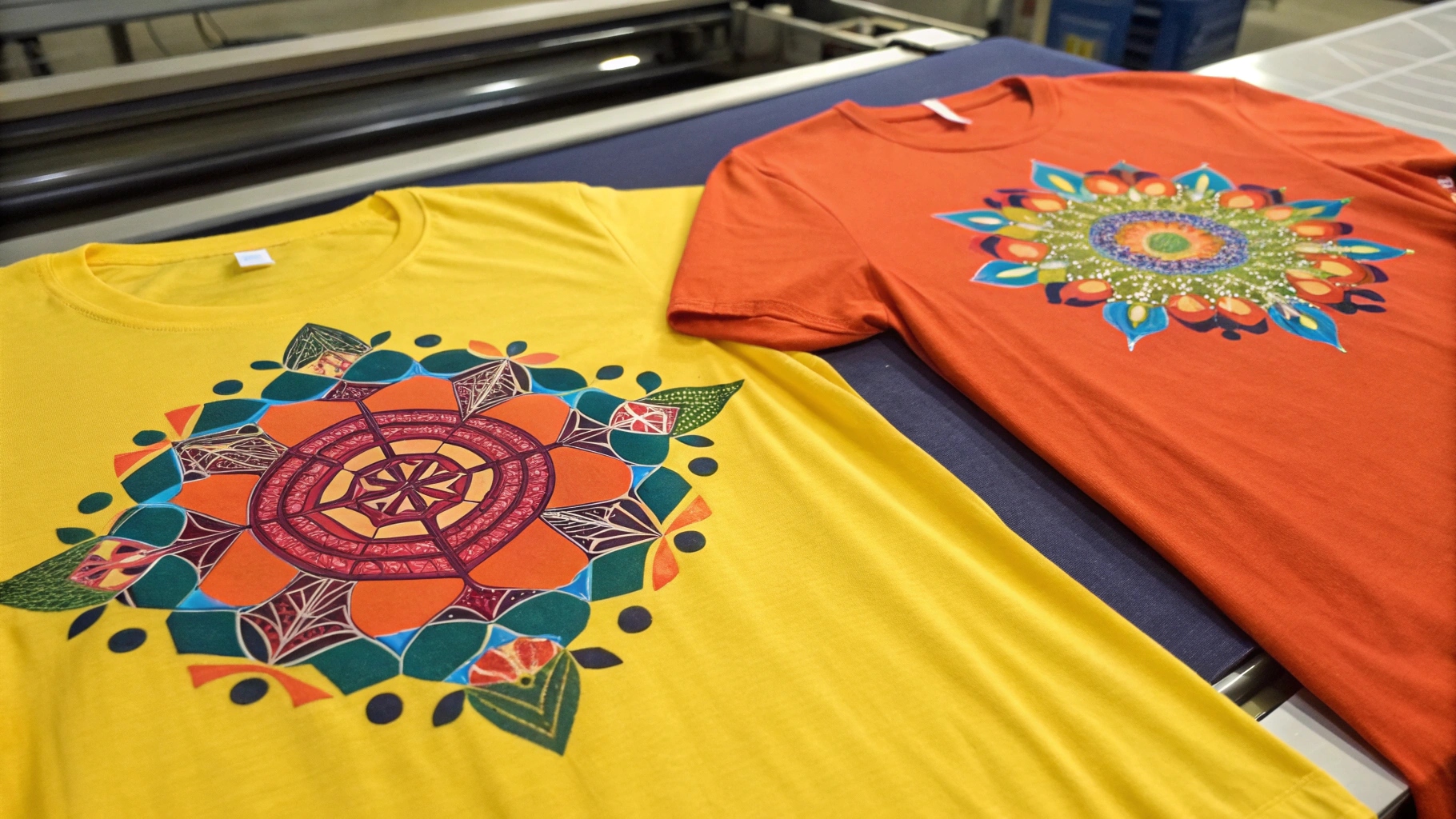
In my years of working with apparel, I have seen every kind of design. Some designs shine with one printing method. They look dull with another. It is about matching the art to the process. You want your design to pop. You want it to last.
How do design elements influence printing choices?
Your design's features play a big role in which printing method will work best. Consider these points when making your choice.
- Color Count and Detail: If your design has many colors or fine details, like a photograph, DTG is often the best. It can reproduce millions of colors. Screen printing becomes more complex and costly with many colors. Each color needs its own screen.
- Fabric Type: Not all methods work on all fabrics. Sublimation2 is fantastic for polyester. It embeds the design into the fibers. But it does not work on cotton. Screen printing and DTG work well on cotton. Heat transfer can be versatile but might feel different on various fabrics.
- Desired Feel (Hand): How do you want the print to feel on the shirt? DTG prints feel soft. The ink soaks into the fabric. Screen prints can feel a bit thicker, depending on the ink layers. Sublimation has no feel at all. The design is part of the fabric. Heat transfers can sometimes have a slightly plastic feel.
- Durability: How long do you want the print to last? Screen printing is known for being very durable. It can withstand many washes. DTG prints also hold up well. Sublimation is incredibly durable. It will not crack or fade. Heat transfers can vary in durability based on the material used.
| Design Element | DTG | Screen Printing3 | Sublimation | Heat Transfer |
|---|---|---|---|---|
| Color/Detail | Excellent (photos, gradients) | Good (spot colors, fewer details) | Excellent (photos, gradients) | Good (simple, vector graphics) |
| Fabric Type | Cotton, blends | Cotton, blends, some synthetics | Polyester only (light colors best) | Cotton, polyester, blends |
| Feel (Hand) | Soft, minimal | Varies (can be thicker) | No feel (part of fabric) | Varies (can be slightly noticeable) |
| Durability | Good, lasts many washes | Very durable, long-lasting | Extremely durable, no cracking/fading | Varies, can be good with proper care |
I have often advised designers to think beyond just how their art looks on a screen. How will it feel to the person wearing it? Will it stand up to daily use? These practical considerations are just as important as the visual ones. A beautiful design printed poorly will not make your customer happy. But a well-chosen printing method can truly bring your vision to life.
What's better, DTG or screen printing?
Are you caught between choosing DTG or screen printing for your shirts? Many people ask me this question. It is not about one being better overall. It is about which one is better for your specific project.
Neither DTG nor screen printing is inherently "better"; their superiority depends on the project's needs. DTG excels for small orders with complex designs and many colors, while screen printing is more cost-effective and durable for large quantities with fewer colors.
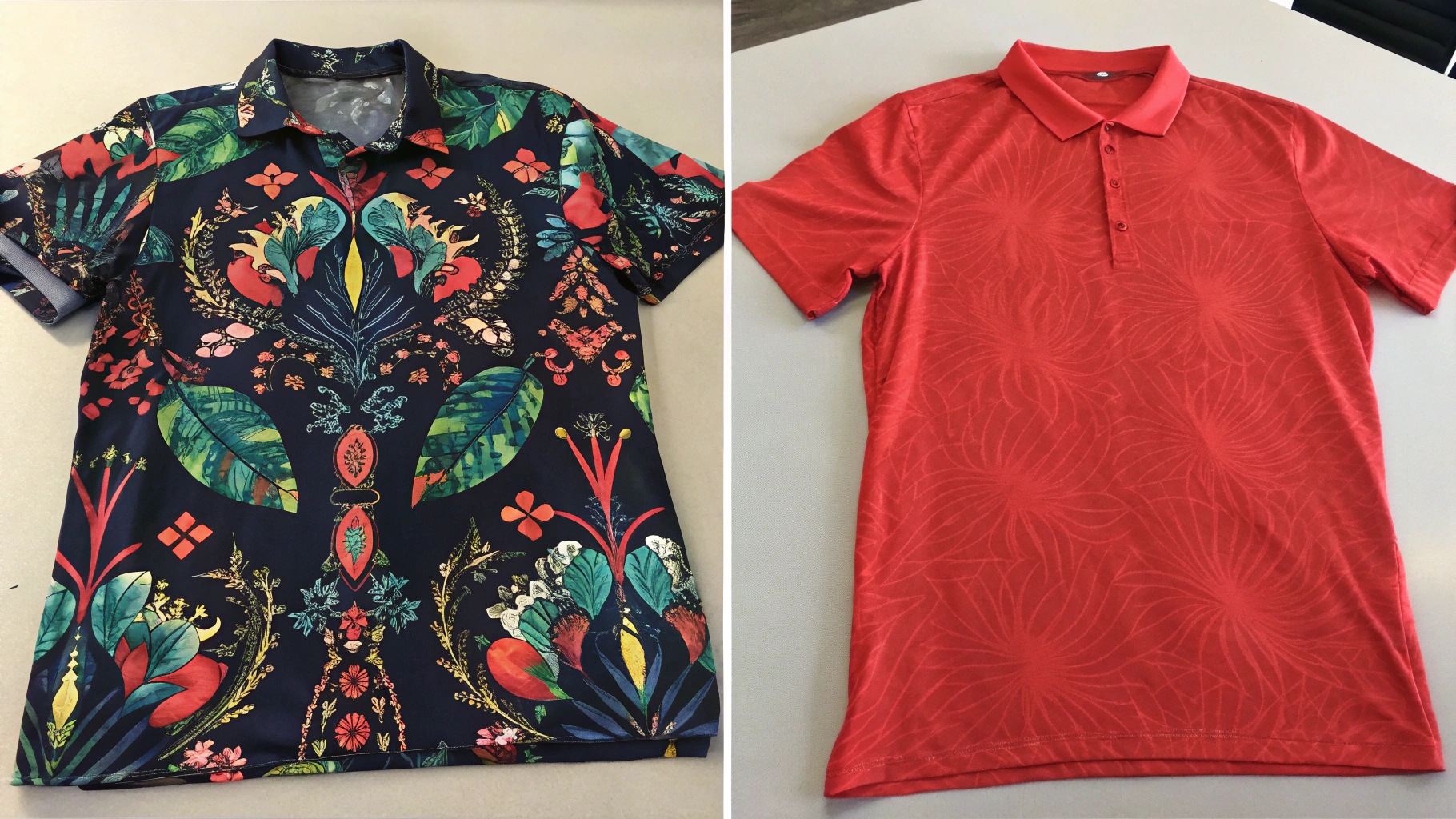
This is a classic question in the apparel world. For years, I have helped clients weigh the pros and cons. My answer is always the same: "Tell me about your project." The "best" choice is always about context.
When should you choose DTG or screen printing?
Making the right choice between DTG and screen printing comes down to understanding their strengths. Consider your quantity, design, and budget.
- Quantity:
- DTG: Best for small runs or even single shirts. There are minimal setup costs. This makes it affordable for low quantities. It is perfect for on-demand printing.
- Screen Printing: More cost-effective for large orders. The initial setup (making screens) is more expensive. But the cost per shirt drops significantly with higher quantities. It is ideal for bulk production.
- Design Complexity:
- DTG: Superior for complex designs, photographs, or designs with many colors and gradients. It can reproduce fine details with high accuracy.
- Screen Printing: Best for designs with solid colors and fewer details. Each color needs a separate screen. So, complex, multi-color designs become costly and time-consuming.
- Fabric Type:
- DTG: Works best on 100% cotton garments. It can also print on some cotton blends. The ink soaks into the natural fibers.
- Screen Printing: Highly versatile. It can print on cotton, polyester, blends, and even some non-apparel items. It uses different ink types for different materials.
- Feel and Durability:
- DTG: The print has a soft feel. The ink becomes part of the fabric. It is durable. It lasts many washes without cracking.
- Screen Printing: Often results in a more vibrant, opaque print. It can have a slightly raised feel depending on ink thickness. It is known for its excellent durability. It withstands frequent washing.
| Feature | DTG Printing | Screen Printing |
|---|---|---|
| Ideal Quantity | Small orders (1-50 shirts), on-demand | Large orders (50+ shirts), bulk production |
| Design Type | Complex, multi-color, photos, gradients | Simple, few colors, solid graphics |
| Fabric Versatility | Best on cotton, cotton blends | Highly versatile (cotton, |
Conclusion
Choosing the right printing method is vital. It shapes how your brand is seen. It ensures your design looks its best. Always match the printing to your purpose.
-
Explore this link to understand the intricacies of DTG printing, its benefits, and how it can elevate your design projects. ↩
-
Learn about sublimation printing, a unique method that embeds designs into fabric, perfect for vibrant and long-lasting prints on polyester. ↩
-
Discover the advantages of screen printing, including its durability and cost-effectiveness for large orders, making it a popular choice for many businesses. ↩




